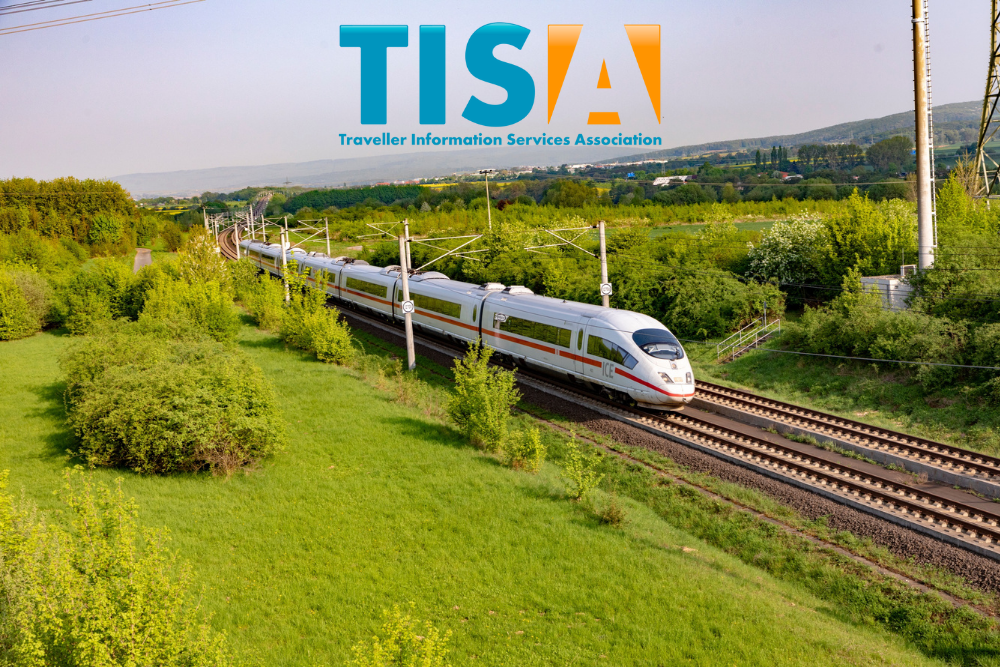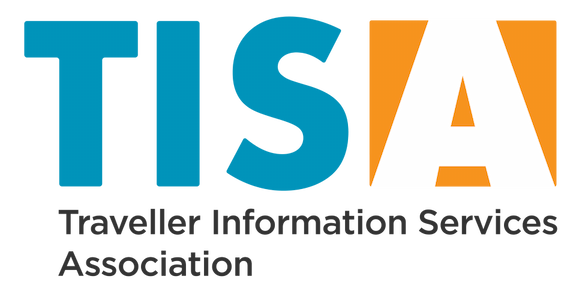Reduce your carbon footprint by opting for the most efficient travel with TPEG2 applications

Mobility services such as car sharing, car rental, park and ride setups, public transport and micro-mobility on one hand, and the integration of different modes of transport by navigation systems on the other are now as important as they can be in our lives. This requires a cooperative transport infrastructure management, which in turn depends on the availability of precise information to direct it to travellers’ mobile devices from a central hub to guide them in using the most efficient modes and trajectories.
An optimal travel might involve driving to a train station in one’s private car and then taking the train to the final desired destination. This is what the TPEG2-RMR (Road and Multimodal Routes) application addresses by enabling the ability to provide service for road routes and multimodal routes including more than one transport mode and parking.
The standardised delivery made possible by TPEG2-RMR technology has the following potential benefits:
- The possibility to select scenic or ECO routes
- The most efficient use of the overall transport network hence not being limited to the road network
- Travellers can save costs and time by selecting the most efficient route
- Being able to access a harmonised in-vehicle navigation and traffic management system
- Being able to personalise the information services provided according to own preferences.
A second TPEG2 application that covers all modes of public transport collectively including both inter- and intra-urban travel is TPEG2-PTS (Public Transport Information Service). This application is already being implemented by TISA Member Deutsche Bahn to inform travellers about unusual traffic situation in public transport using public radio. With TPEG2-PTS, efficient and language independent delivery of public transport updates are sent directly to travellers’ devices from service providers. PTS application is developed with three main use cases in mind:
- Providing emergency alerts: A use case specifically relevant for broadcasting, sending push notifications about major disruptions to a large number of travellers possibly affected by the occurrence.
- Providing both real-time and scheduled timetables: This use case is also relevant for broadcasting for the transport modalities to and from the event site when there are large events and gatherings. Moreover, a dedicated timetable request can also be defined and used in certain situations when there is a backchannel available.
- Providing individual requests about trip information when there is an available backchannel.
It is worthwhile to mention that TPEG2-PTS focuses on providing core information on public transport and specific information regarding fares that are available on typical public transport apps is not in its scope.

 LinkedIn
LinkedIn